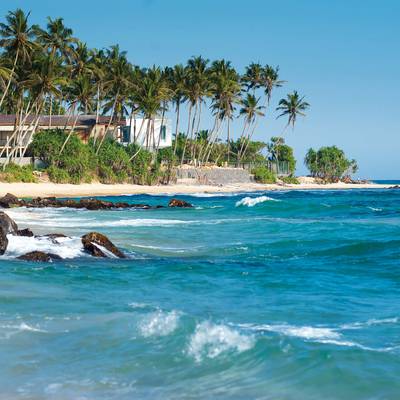כללי
 What is the best time to visit Costa Rica?
What is the best time to visit Costa Rica?
 איך אני מתחבר לאינטרנט בקוסטה ריקה?
איך אני מתחבר לאינטרנט בקוסטה ריקה?
 מה כדאי לא לעשות בקוסטה ריקה?
מה כדאי לא לעשות בקוסטה ריקה?
 מהם היעדים הפופולריים ביותר בקוסטה ריקה?
מהם היעדים הפופולריים ביותר בקוסטה ריקה?
 איפה אני צריך ללכת בקוסטה ריקה למשך שבוע?
איפה אני צריך ללכת בקוסטה ריקה למשך שבוע?
 איפה אני צריך ללכת בקוסטה ריקה למשך שבועיים?
איפה אני צריך ללכת בקוסטה ריקה למשך שבועיים?
 What type of adapter do I need for the outlets?
What type of adapter do I need for the outlets?
 מה עלי לארוז למסע שלי?
מה עלי לארוז למסע שלי?
תחבורה
אנשים
אירוח
אוכל ושתייה
ביקור באתרים
משפטי
כסף
בטיחות ובריאות
נסיעות משפחתיות

What is the climate like in Costa Rica?
In some ways, Costa Rica is unlike almost all other countries in the world. The country is made up of many different climate zones, which also creates a lot of microclimates within the country.
There is no true winter season, and it's classified as a tropical country because of how close it is to the equator.
The climate in Costa Rica more or less divided into two seasons, a dry season, often referred to as high season, and a rainy season, often referred to as green season.
On the Pacific coast and the plateau, there is a dry season from December to April and a rainy season from May to November, during which rainfall is abundant. In contrast, in the eastern plains and coasts (but also in the southernmost part of the Pacific coast) the climate is equatorial, with abundant rainfall throughout the year.
There is consistently about twelve hours of sunlight per day for the entire year.
The climate in Costa Rica is hot all year round in the plains and along the coasts, while it's milder in the plateau, that is, in the so-called tierras templadas. Temperature variations are low because the country is located near the Equator, so the main difference between the seasons is found in the rains. Most of the country is so rainy that it's covered with rainforests.
Overall, the temperature in January as opposed to July, for example, does not vary greatly. The average annual temperature in Costa Rica is between 12° and 27° Celsius.
During the months of February to April, you will find the highest temperatures. Similarly, months like September through November are generally the coldest months that the country sees, however this does vary region to region.

האם קל לקבל עזרה רפואית בקוסטה ריקה?

כמה עולה האוכל?

מה עלי לארוז למסע שלי?

אילו מקומות יש לאכול?

איפה אני צריך ללכת בקוסטה ריקה למשך שבועיים?
